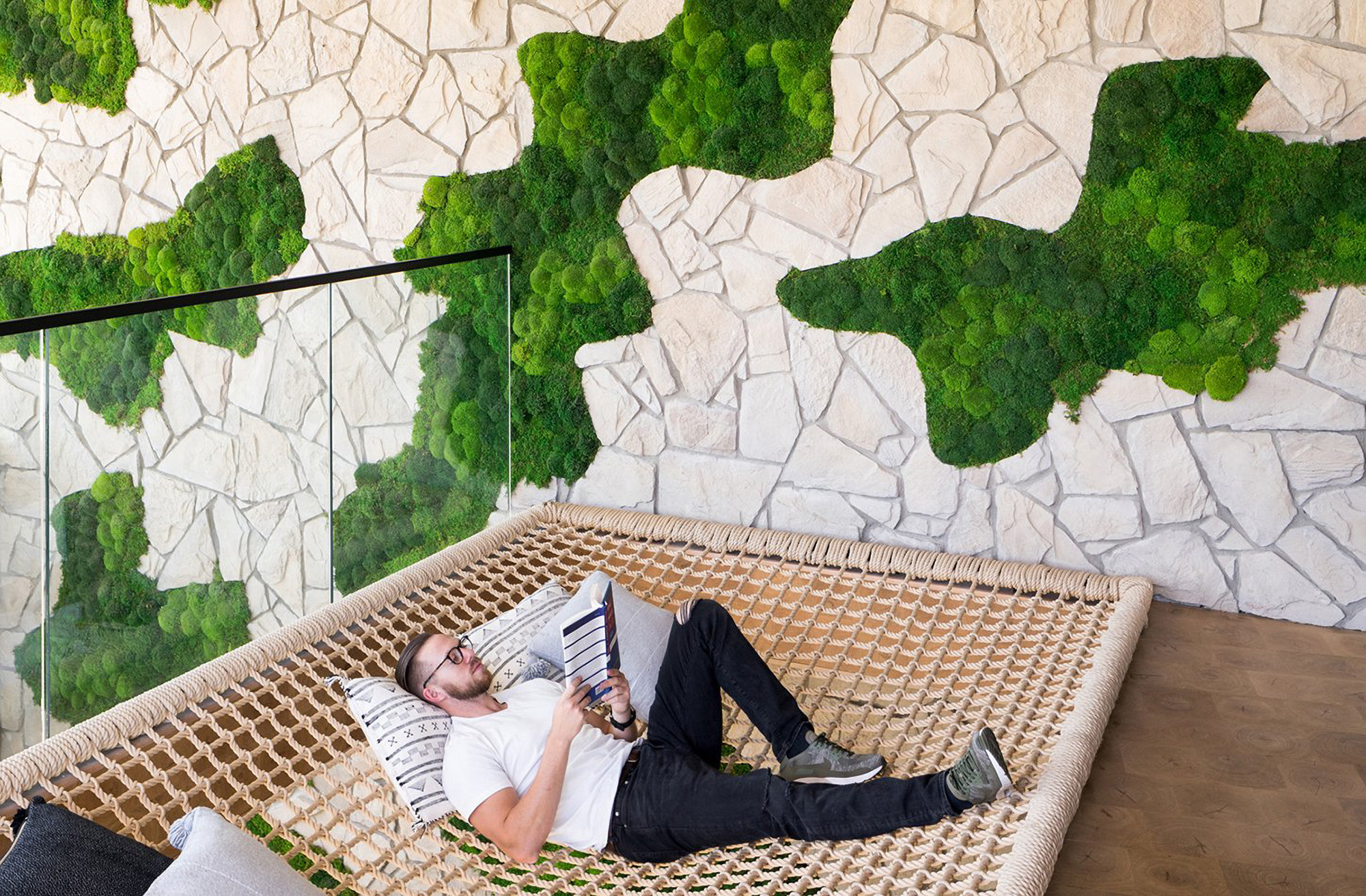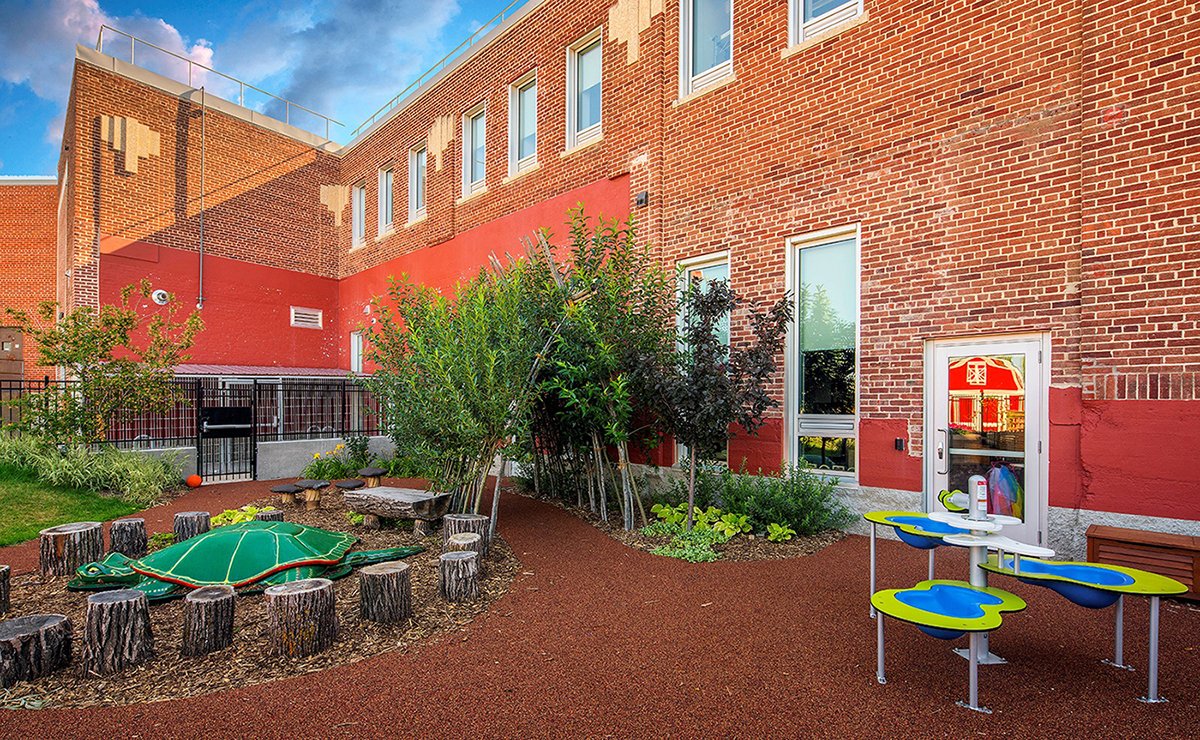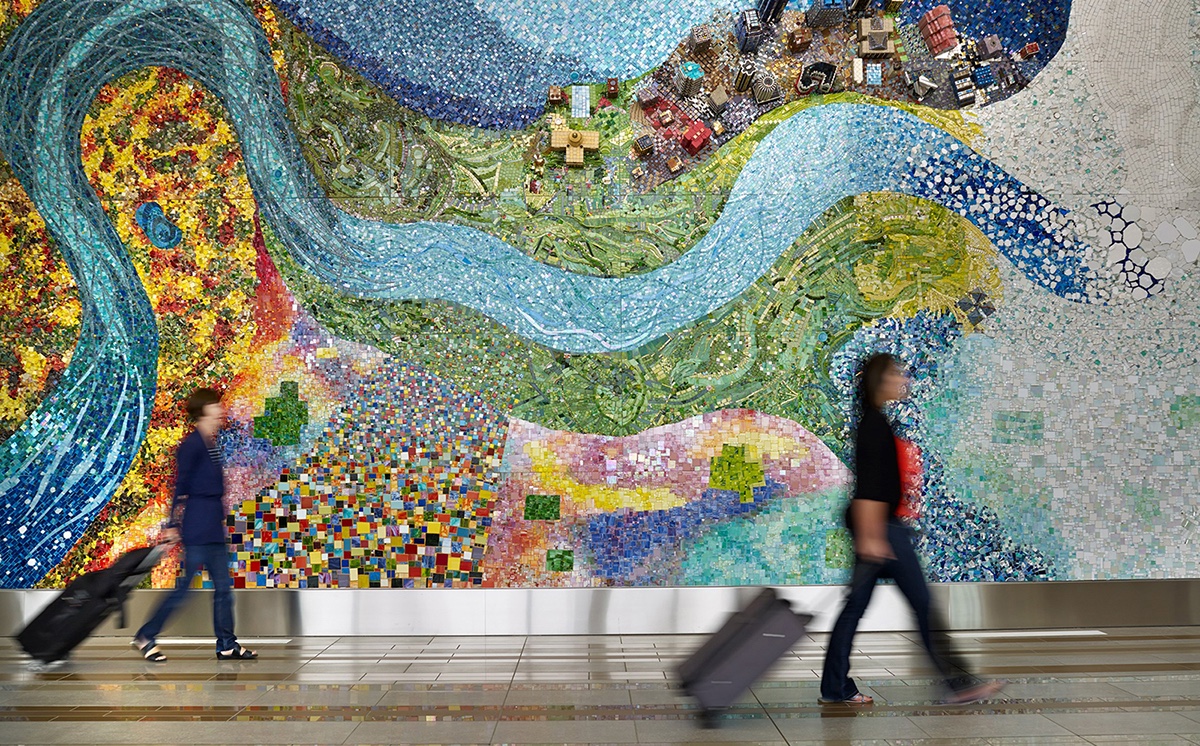Have you ever surrendered to nature’s tranquility in search of relief or relaxation? How do you feel hiking in the mountains or running along the seashore? Do the vast ocean, lush forests, and rapid creeks put you in awe or at ease? Does spending a few minutes outside impact your mood?
Nature used to be all around us. Technically, it still is, though the quality of the nature that surrounds us has changed. Currently, 54% of the world’s population live in an urban environment. By 2050, it’s estimated that percentage will increase to 66%—two thirds of the world’s population! Generally, humans spend 93% of our time indoors separated from natural elements.
This issue represents an unhealthy byproduct of our current societal behavior. As we continue to move toward the city and spend more time indoors, our day-to-day interaction with quality nature is shrinking. Ultimately, this is increasing our potential to experience psychological and physiological harm. How can we work to reverse this trend and improve the overall well-being of our communities?
One contemporary concept is biophilic design, a strategic approach to tap into—and harness—nature in the built environment.
What is biophilic design?
The biophilia hypothesis proposes that most humans have an innate love of nature—we long for it and without connecting with it, our health could suffer. So, biophilic design is an applied solution to appease this desire for nature by integrating natural elements and processes into the built environment.
Biophilic design can be implemented at the community, building, or small-project level. And if done right, the design should trigger a strong positive impact on our health and well-being.
The challenge? Clearly defining biophilic design and how people may or may not respond to its many opportunities. Many researchers have characterized biophilic design and identified what they believe make up a biophilic space. Two thought leaders (Stephen Kellert and Elizabeth Calabrese) recently categorized strategies into three major experiences: direct experience of nature, indirect experience of nature, and experience of space and place. In this blog, I’m going to focus on the first two experiences and how to bring biophilic design into any work environment.

Biophilic Design Allows for Direct Experiences of Nature
In the built environment, direct experiences of nature refer to plants, light, water—any aspect that provides direct contact with green elements. It can even include natural air movement! These are features we should bring to our clients’ work environments, whether educational, healthcare, or industrial buildings.
- Plants are beneficial because they are living, breathing organisms. Studies have shown that plants enhance creativity, performance, and productivity—something we want to increase in our office and home environments.
- Views of direct nature and experiencing daylight also have a strong impact on environmental psychology. In 1984, Roger Ulrich conducted a study that posited that healthcare patients with views of green nature recovered faster than those viewing a brick wall. When designing a new building, do we take our neighbors views into consideration?
- Water and airflow also play key roles in biophilic design. Whether incorporating an indoor river or adding natural airflow to a building, these aspects help round out the natural ambiance.
As our individual buildings form a larger community, I believe we need to start addressing these issues and thinking about how we can help our clients maximize day-to-day experiences with nature.

Biophilic Design Also Allows for Indirect Experiences of Nature
Beyond the obvious—and direct—elements of biophilic design, there are also opportunities to provide indirect experiences of nature. This is where some very exciting strategies come into play, such as natural materials like wood and earth, or even images of nature. Indirect experiences provide excellent solutions to spaces where plants are not desired or views of nature and access to a window aren’t feasible.
- The prospect and refuge approach that creates a shelter for those who do not want to be seen by others. Simply put, the concept caters to individuals on the most introverted end of the spectrum who like seeing people but may dislike not having a shelter—especially against their backs.
- Sounds and smells contribute to a multi-sensory, biophilic experience. Though most research has focused on the visual sense, natural sounds and smells also have a role to play in building design and operations.
Whereas sight and touch are very much controlled by the individual, indirect experiences aren’t always as controllable. They can be beneficial, providing the specific location, user group, and duration of use have all been carefully considered. Make sure to run these ideas by your neighbors!

Bringing nature to work
OK, so now that we understand just how important nature is to the built environment, let’s get to work! Here are five tips and tricks to help you easily bring in biophilic strategies to your work environment.
- Open the blinds. Although we may experience glare at certain points throughout the day, remember to open your blinds up again after the glare is gone.
- Buy a plant (or two or three). When you take a break, your eyes are more likely to wander over to your greenery, affording you a mini-restorative experience. (Hint: good plants are peace lilies, snake plants, or orchids.)
- Decorate with images of nature. Try to include awe-inspiring images, or perhaps nature that evokes curiosity.
- Listen to natural sounds like running water or airflows, which can be quite tranquil in the workplace. Note: these sounds may be distracting your neighbors, so use headphones!
- Get outside. Go experience the real deal! While this doesn’t really affect our workstations, many of us fall into the trap of spending the entire day at our desks. Getting outside for even a 20-minute walk will help your performance throughout the day and may help you sleep better at night.
More from Author
Stantec | Jul 18, 2024
Why decarbonizing hospitals smartly is better than electrification for healthcare design
Driven by new laws, regulations, tariffs, ESG goals, and thought leaders in the industry itself, healthcare institutions are embracing decarbonization to meet 2050 goals for emissions reductions.
Stantec | Jun 18, 2024
Could ‘smart’ building facades heat and cool buildings?
A promising research project looks at the possibilities for thermoelectric systems to thermally condition buildings, writes Mahsa Farid Mohajer, Sustainable Building Analyst with Stantec.
Stantec | Jun 8, 2024
8 ways to cool a factory
Whichever way you look at it—from a workplace wellness point of view or from a competing for talent angle—there are good reasons to explore options for climate control in the factory workplace.
Stantec | Apr 18, 2024
The next destination: Passive design airports
Today, we can design airports that are climate resilient, durable, long-lasting, and healthy for occupants—we can design airports using Passive House standards.
Stantec | Mar 18, 2024
A modular construction solution to the mental healthcare crisis
Maria Ionescu, Senior Medical Planner, Stantec, shares a tested solution for the overburdened emergency department: Modular hub-and-spoke design.
Stantec | Nov 20, 2023
8 strategies for multifamily passive house design projects
Stantec's Brett Lambert, Principal of Architecture and Passive House Certified Consultant, uses the Northland Newton Development project to guide designers with eight tips for designing multifamily passive house projects.
Stantec | Apr 10, 2023
Implementing human-centric design in operations and maintenance facilities
Stantec's Ryan Odell suggests using the human experience to advance OMSF design that puts a focus on wellness and efficiency.
Stantec | Jul 6, 2022
5 approaches to a net zero strategy that communities can start right now
Whether your community has started on a plan or is still considering net zero, now is the time for all of us to start seriously addressing climate change.
Stantec | Feb 14, 2022
5 steps to remake suburbs into green communities where people want to live, work, and play
Stantec's John Bachmann offers proven tactic for retrofitting communities for success in the post-COVID era.
Stantec | Feb 8, 2022
How gaming technology is changing the way we design for acoustics
Adding 3D sound from gaming engines to VR allows designers to represent accurate acoustic conditions to clients during design.
















